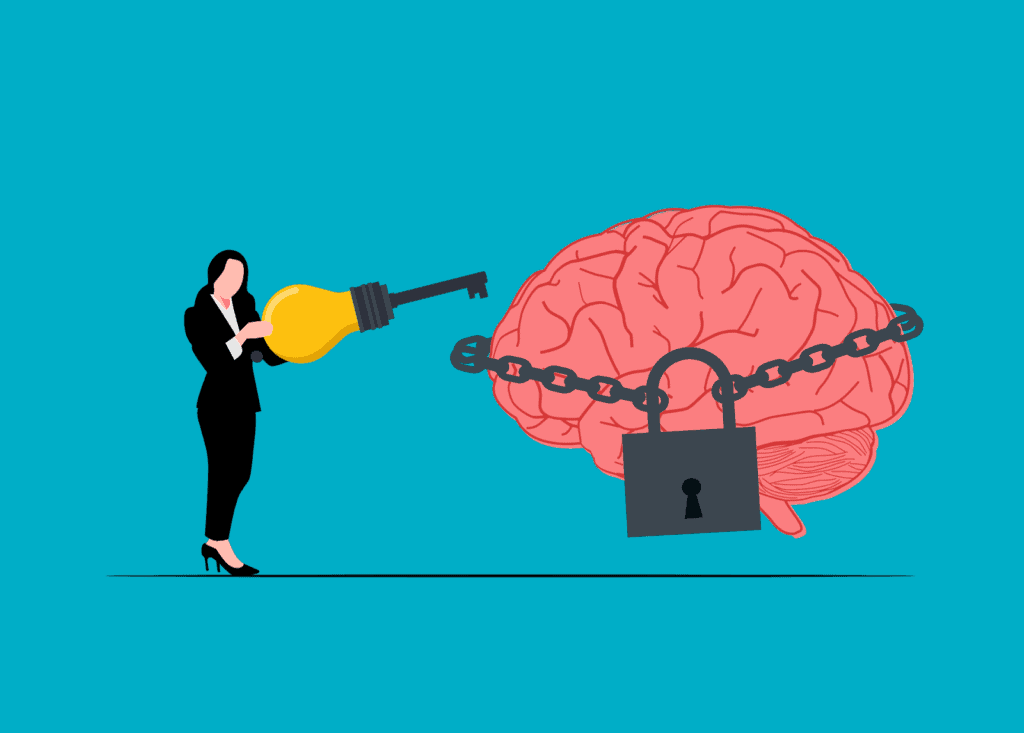With rising awareness about mental health, different psychological approaches have emerged to offer support and guidance for those seeking to enhance their mental wellness. Each approach, grounded in its unique methods and principles, provides insights and strategies that cater to diverse needs and personalities.
Keep reading to discover how different psychological approaches, each has its own distinct features that can help you improve your mental well-being.

Psychotherapy
Often called talk therapy, psychotherapy is a foundational component of therapy that encompasses various techniques aimed at enhancing mental wellness. By fostering a safe and supportive environment, psychotherapy allows individuals to explore their thoughts, emotions, and behaviors with a trained professional.
This type of mental health therapy can illuminate patterns and triggers that contribute to distress, offering a pathway to healing and personal growth. Cognitive-behavioral therapy, psychodynamic therapy, and humanistic therapy are some of the popular psychotherapy approaches used to treat mental health issues.
Mindfulness-Based Stress Reduction
Mindfulness-Based Stress Reduction (MBSR) is an evidence-based approach that integrates mindfulness practices to help individuals manage stress more effectively. Developed by Jon Kabat-Zinn in the late 1970s, MBSR combines mindful meditation, body awareness, and yoga to encourage a heightened state of consciousness and peace in present-moment experiences.
Participants learn to cultivate a non-judgmental awareness of their thoughts and feelings, which can result in a reduction in stress, anxiety, and depression. Focus on the present rather than worrying about the future or ruminating on the past, and individuals can develop more resilience and emotional balance.
Humanistic Therapy
Rooted in the belief that people are innately good, this approach focuses on helping individuals achieve self-actualization by nurturing a strong sense of self-worth and encouraging authentic self-expression.
Key figures in humanistic therapy, such as Carl Rogers and Abraham Maslow, emphasized the importance of creating a nonjudgmental, empathetic therapeutic environment. Humanistic therapy enables clients to explore their feelings and thoughts openly so that they can better understand themselves and their needs.
Read also: Humanistic Perspective: AP Psychology Study Resource
Interpersonal Therapy
Interpersonal therapy (IPT) is a short-term, evidence-based approach that focuses on improving relationships and communication skills. This therapy helps individuals understand how their social interactions impact their mental well-being and provides strategies for managing interpersonal issues.
Based on the belief that positive relationships are essential for mental health, IPT aims to help clients build stronger connections with others by addressing conflicts, setting boundaries, and enhancing communication skills. By developing healthier relationship patterns, individuals can experience improved self-esteem and overall mental wellness.
Gestalt Therapy
Gestalt therapy is an experiential approach that emphasizes personal responsibility and focuses on the individual’s present experience within the context of the therapist-client relationship.
Founded by Fritz Perls in the 1940s, it encourages clients to become more aware of their thoughts, emotions, and actions as they occur. When individuals engage in the present moment, they can gain a deeper understanding of themselves and their experiences.
The therapy often involves techniques such as role-playing, reenactment, and the exploration of body language to facilitate self-awareness and understanding. Gestalt therapists believe that by acknowledging and integrating all aspects of oneself, including thoughts, feelings, and behaviors, individuals can achieve a more holistic sense of self.
Acceptance and Commitment Therapy
ACT (Acceptance and Commitment Therapy) is a contemporary psychological intervention that combines mindfulness strategies with commitment and behavior-change techniques to cultivate psychological flexibility. Developed by Steven C. Hayes in the 1980s, ACT encourages individuals to embrace their thoughts and feelings rather than fight or feel guilty about them.
For instance, instead of trying to suppress anxiety or sadness, ACT teaches individuals to acknowledge and accept these emotions as a part of their human experience. By developing psychological flexibility, individuals can make meaningful changes in their lives and align their goals with their values.

Dialectical Behavior Therapy
Maybe one of the most well-known psychological approaches, Dialectical Behavior Therapy (DBT), was developed specifically to treat borderline personality disorder. However, its effectiveness has also been shown in treating a wide range of mental health issues, including depression, anxiety, PTSD, and substance abuse.
DBT combines elements of cognitive-behavioral therapy with mindfulness practices and emphasizes the development of skills to manage distressing emotions and improve relationships. This approach helps individuals learn how to regulate their emotions, tolerate distressing situations, and communicate more effectively.
Mental wellness is not a one-size-fits-all journey; different people may benefit from different therapeutic approaches depending on their unique needs and preferences. Each psychological approach offers a unique perspective and tools to help individuals enhance their mental well-being.
As the field of psychology continues to evolve, there will likely be even more approaches available for those seeking support and guidance on their journey toward improved mental wellness.
Remember that reaching out for professional help is always a brave step towards taking care of your mental health. So, don’t hesitate to explore different psychological approaches and find the one that works best for you. Take care!





























